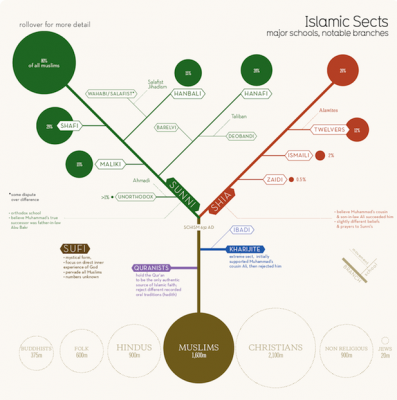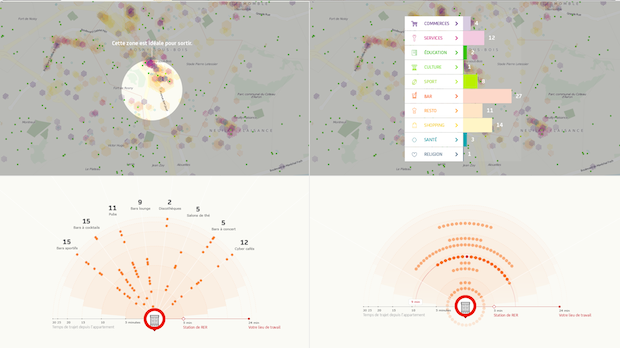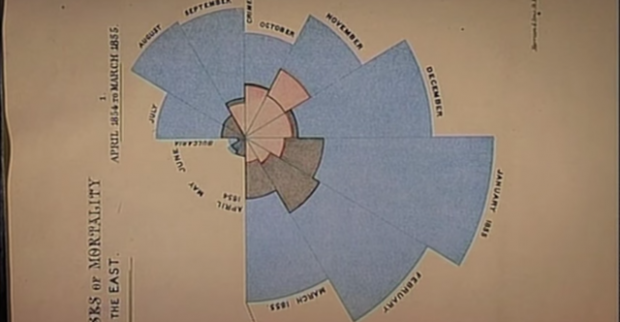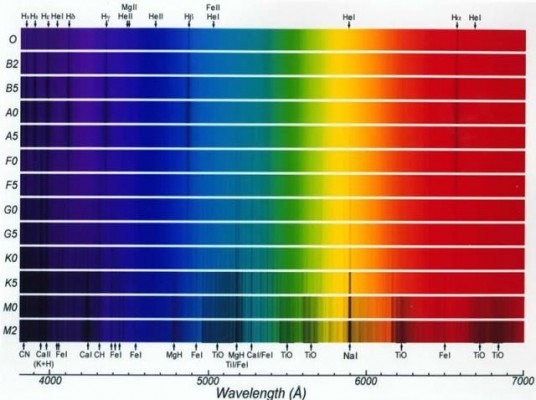Pier 9 Artist Profile: Scott Kildall from Pier 9 on Vimeo.’
http://kildall.com/artwork/2014/waterworks/index.html
“Water Works” is a physical 3D data visualization created by Autodesk artist in residence, Scott Kildall. Large-scale 3D-printed sculptures, are paired with an interactive web map to map the water infrastructure of San Francisco.
Unlike most data visualizations which are typically digital, “Water Works” represents its data as a physical form derived from digital data. Coming from an industrial design background I appreciate the tangibility of presenting data this way.
Currently the model and map are very separate, I wonder how the connection between the interactive map and the physical prototype could be more integrated. What if the map were projected onto the prototype? Maybe the prototype could be the method of interaction.
Points Sign by Breakfast breakfastny.com/points
Points is a smart sign that pulls content from Foursquare, Twitter, transportation APIs, RSS feeds and other online sources to direct people to interesting things going on nearby. Three arms point in different directions, each displaying text of a nearby destination. The arms rotate towards new directions and the text updates to reveal newly selected content on the touch screen.
I appreciate the way the Points creates a new system for experiencing digital content in the physical world by referencing traditional way-finding tools. The merging of digital and physical content in an intuitive way.
Right now the content seems fairly generic, it would be interesting if you could input your own data, Facebook, likes, friends, etc into the sign to get customized recommendations. It could suggest something like “your friend Joe is attending a concert at 19th ave”. Or “this restaurant down the street is similar to this other restaurant that you like”.



